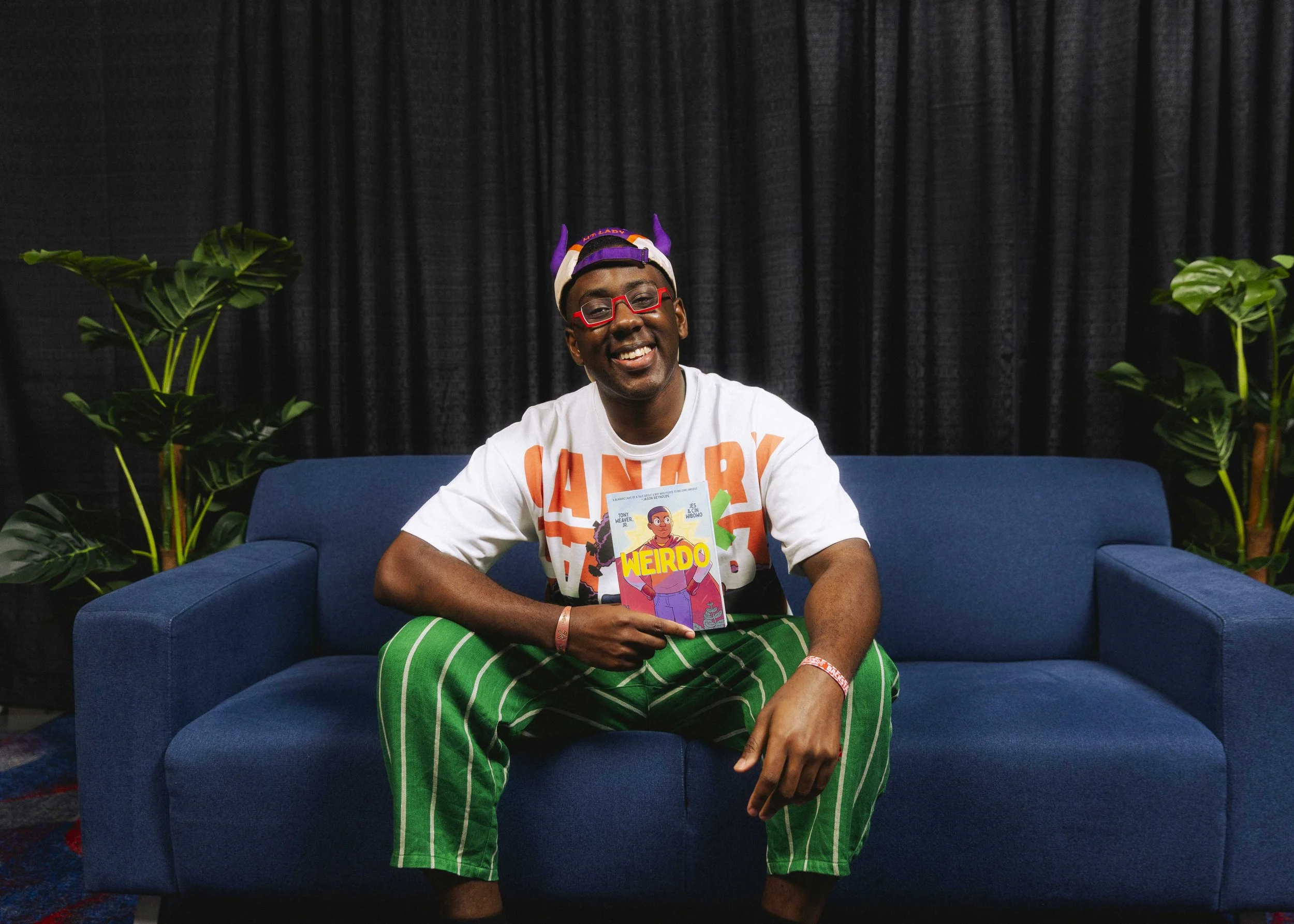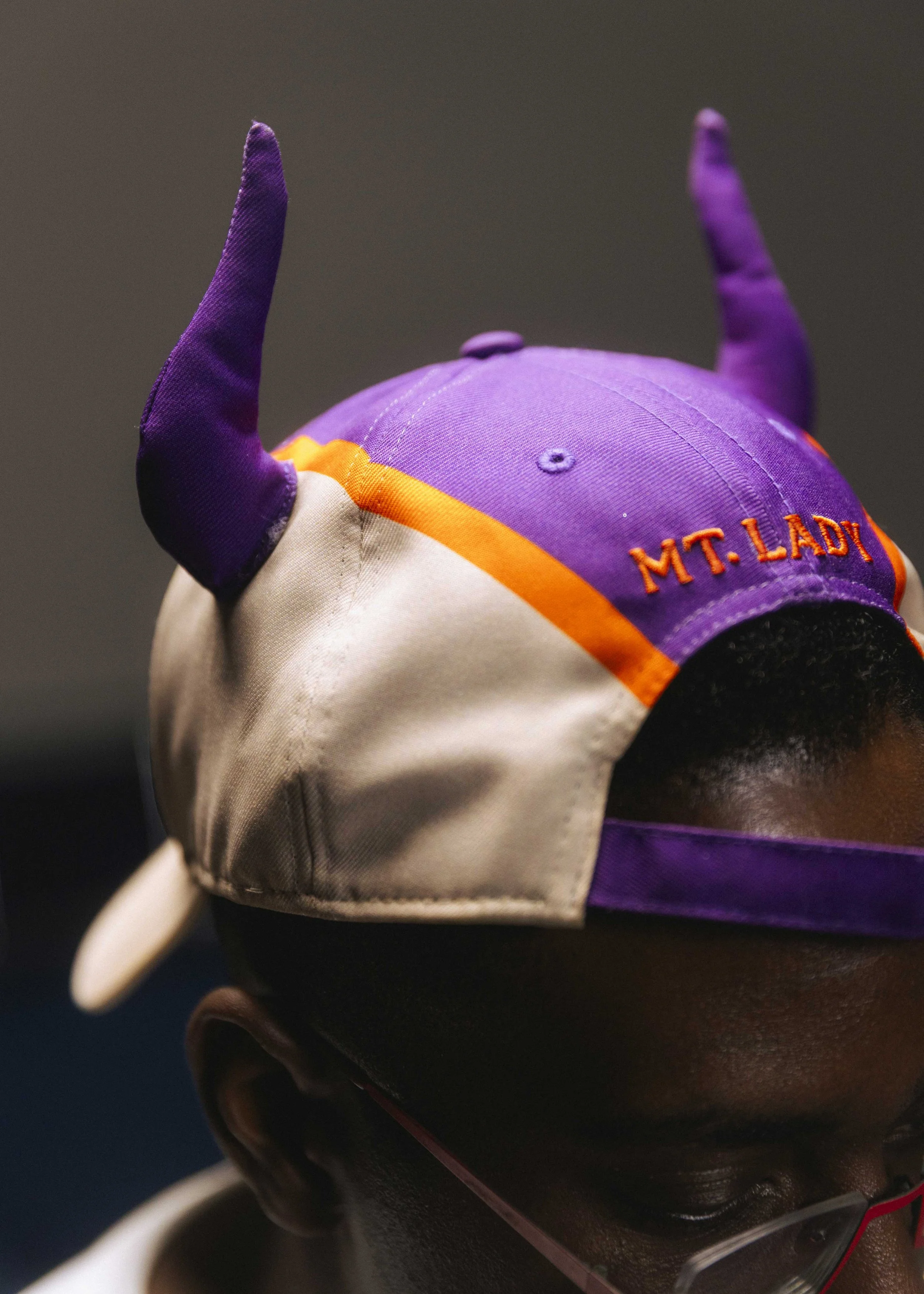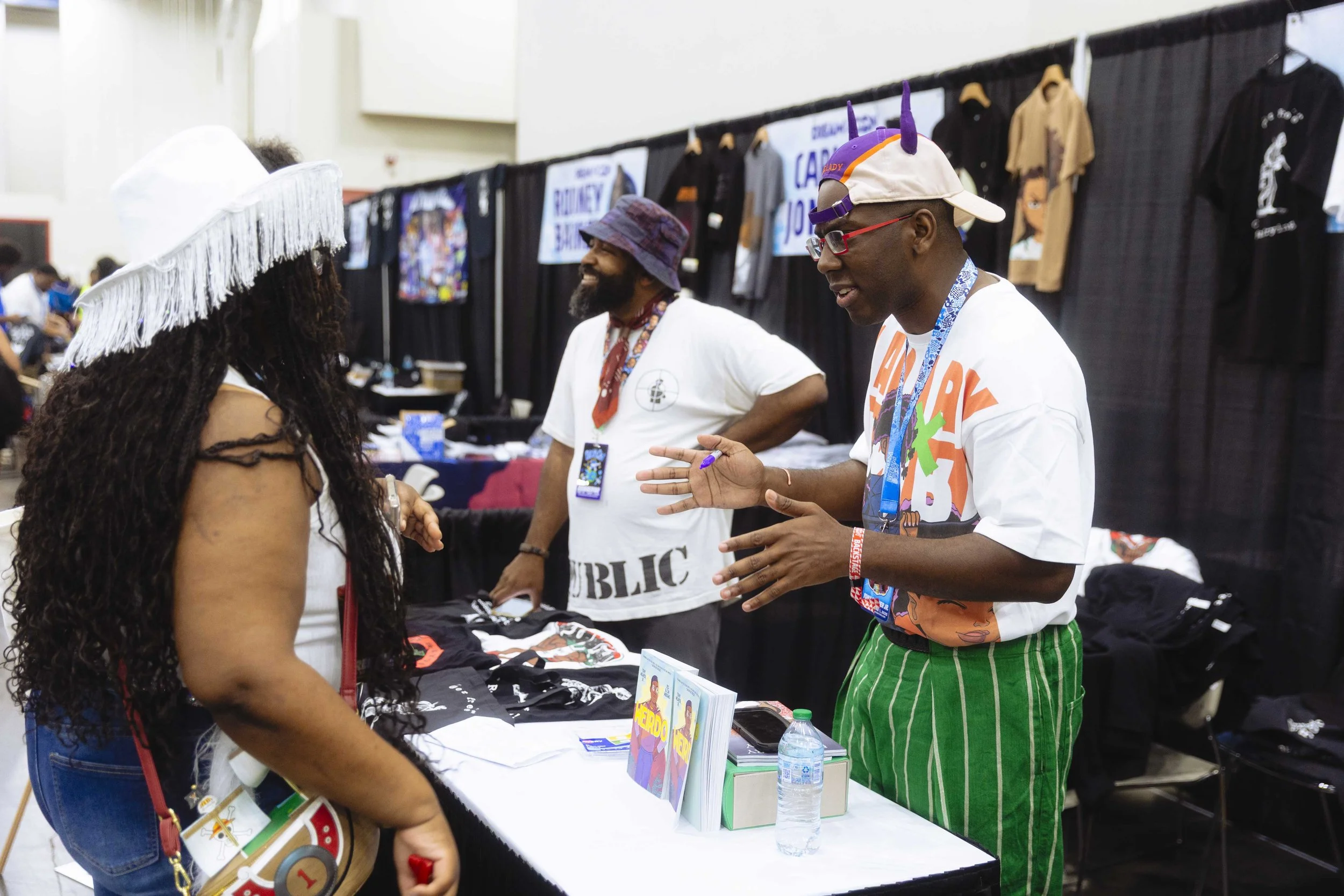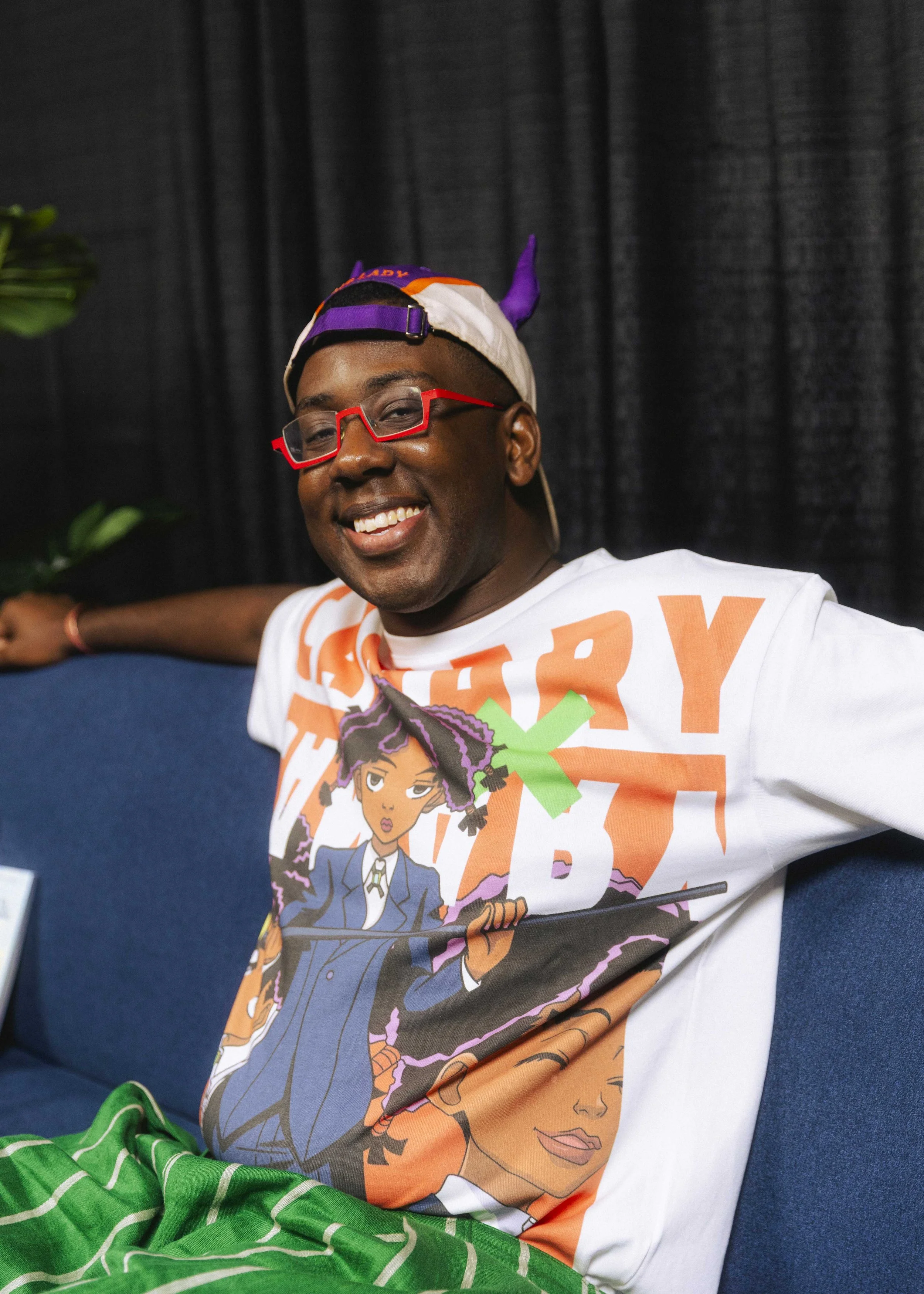Tony Weaver Jr. Interview: Dream Con 2025
Tony Weaver Jr. has built a world where being yourself is the superpower. In this conversation from Dream Con, he talks about storytelling as a source of joy, his inspirations across anime and literature, and why embracing your weirdness might just open the door for someone else.
Photographs & Interview by Asa Featherstone, IV







